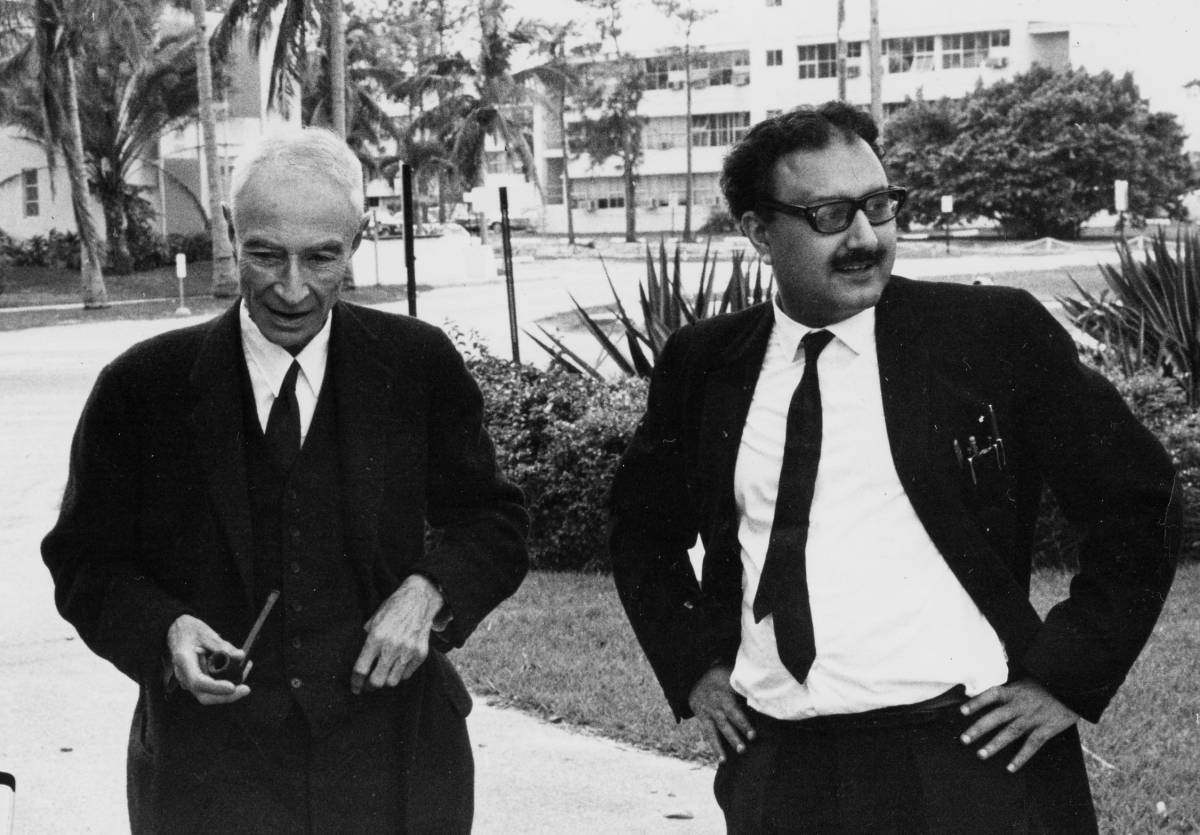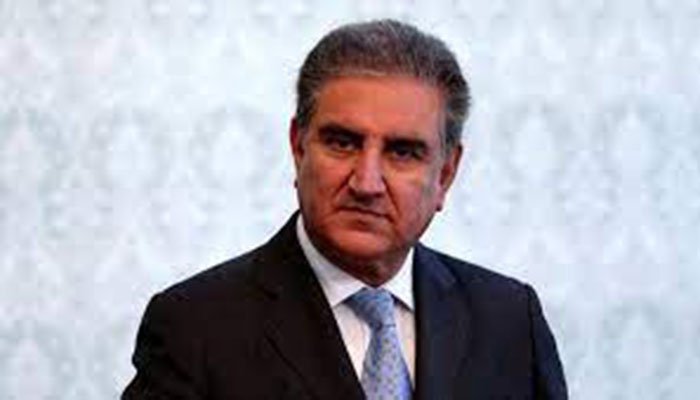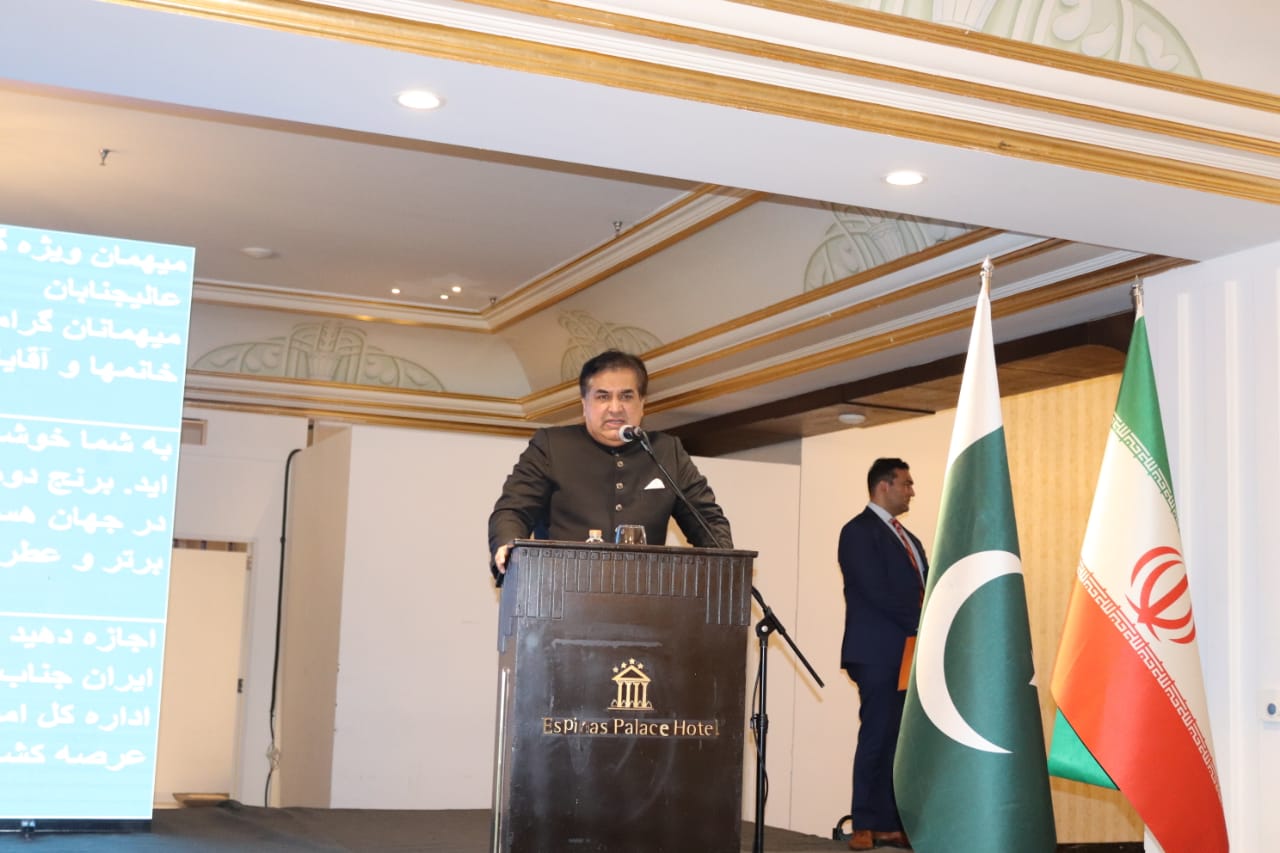Prince Karim al-Hussaini, the Aga Khan IV, passed away at the age of 88 in Portugal. His family surrounded him in his final moments. As the 49th hereditary imam of the Shia Ismaili Muslim community, he dedicated his life to service. His philanthropic work transformed healthcare, education, and economic development in many countries.
The Aga Khan Foundation and the Ismaili religious community confirmed his passing. They announced that details about his successor would follow soon.
A Leader from a Young Age
The Aga Khan became the Ismaili spiritual leader at 20 while studying at Harvard University. His grandfather, the Aga Khan III, chose him over his father as the successor. He believed that the community needed a leader raised in the modern era.
The young prince embraced his role with responsibility and commitment. He balanced spiritual leadership with economic and social development initiatives. His work focused on improving the quality of life for Ismailis and other underprivileged communities.
A Builder of Bridges
The Aga Khan worked to bridge the gap between Muslim societies and the West. His leadership emphasized cultural preservation, education, and humanitarian aid. He actively promoted understanding between different faiths and communities.
His philanthropy extended beyond religious boundaries. His efforts improved the lives of millions across Africa, Asia, and the Middle East. He remained dedicated to humanitarian work while avoiding direct involvement in politics.
Transforming Healthcare and Education
The Aga Khan Development Network (AKDN) became one of the world’s largest private development organizations. It focused on healthcare, education, rural development, and cultural preservation.
He built hospitals in Afghanistan, Bangladesh, and Tajikistan, where access to quality healthcare was scarce. His initiatives in education provided scholarships and established schools, universities, and research centers. He aimed to empower communities through knowledge and opportunity.
Preserving Islamic Art and Architecture
The Aga Khan had a deep appreciation for art and architecture. He created the Aga Khan Award for Architecture to recognize excellence in Islamic design. He supported programs at MIT and Harvard to study Islamic architecture.
His efforts led to the restoration of historic Islamic sites worldwide. His work preserved cultural heritage while integrating modern architectural advancements.
A Life of Service and Legacy
The Aga Khan held a unique status on the global stage. Queen Elizabeth II granted him the title of “His Highness” in 1957. His influence extended beyond religious leadership into global development and philanthropy.
His passing marks the end of an era. Millions of Ismaili Muslims and beneficiaries of his work mourn his loss. His legacy will continue through the institutions he built and the lives he touched.
The Ismaili community now awaits the announcement of his successor. His vision for progress, unity, and service remains a guiding force for future generations.
Related Stories:
‘Operation London Bridge’: What happens when Queen Elizabeth dies?
Jordanian princess visits Pakistan to raise awareness about health needs of women & children
















